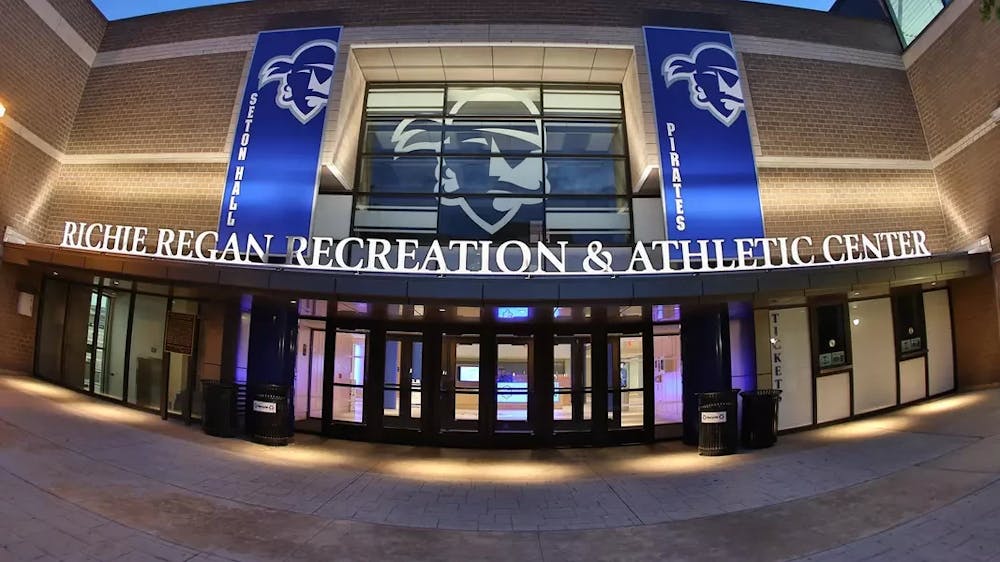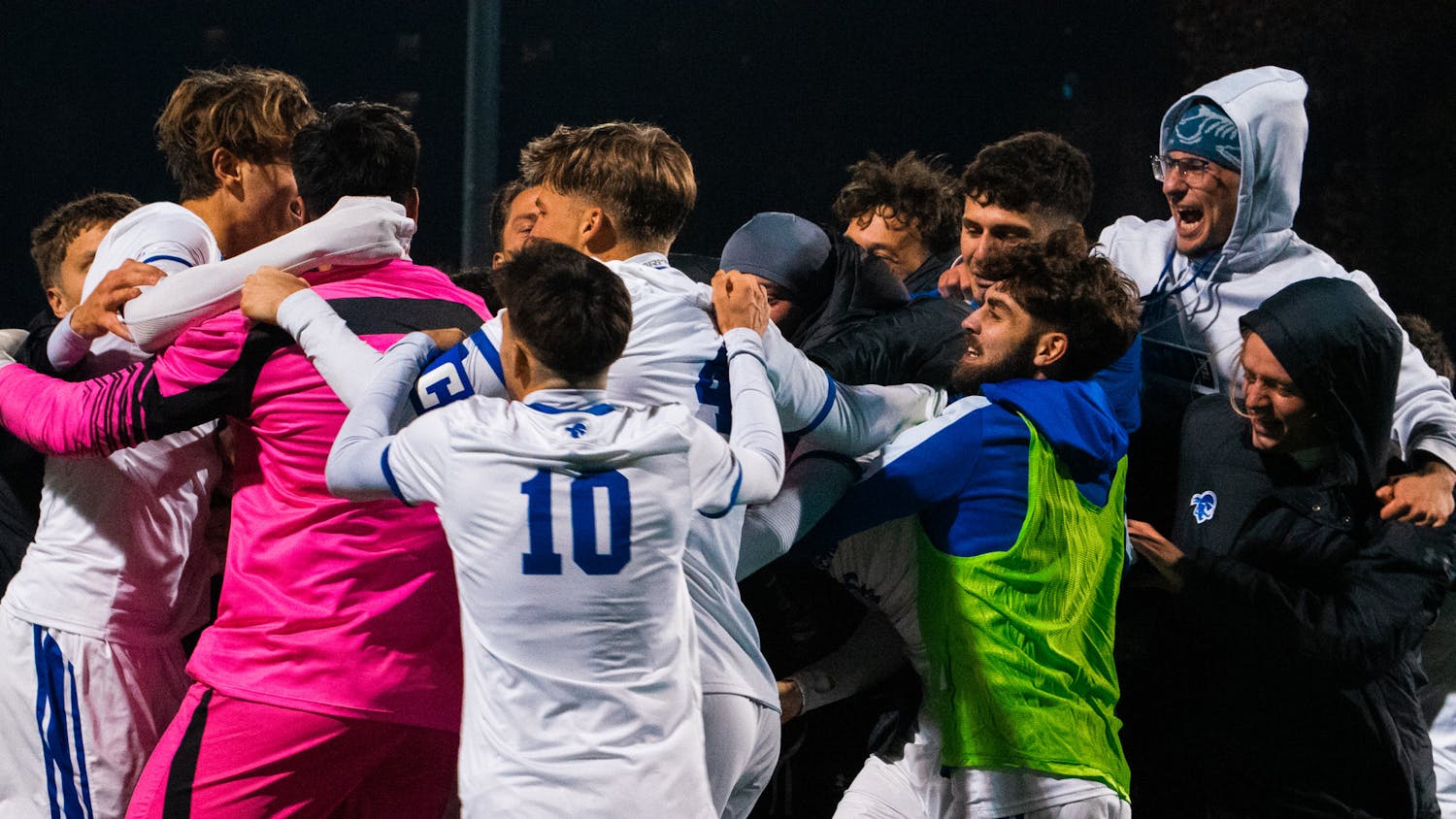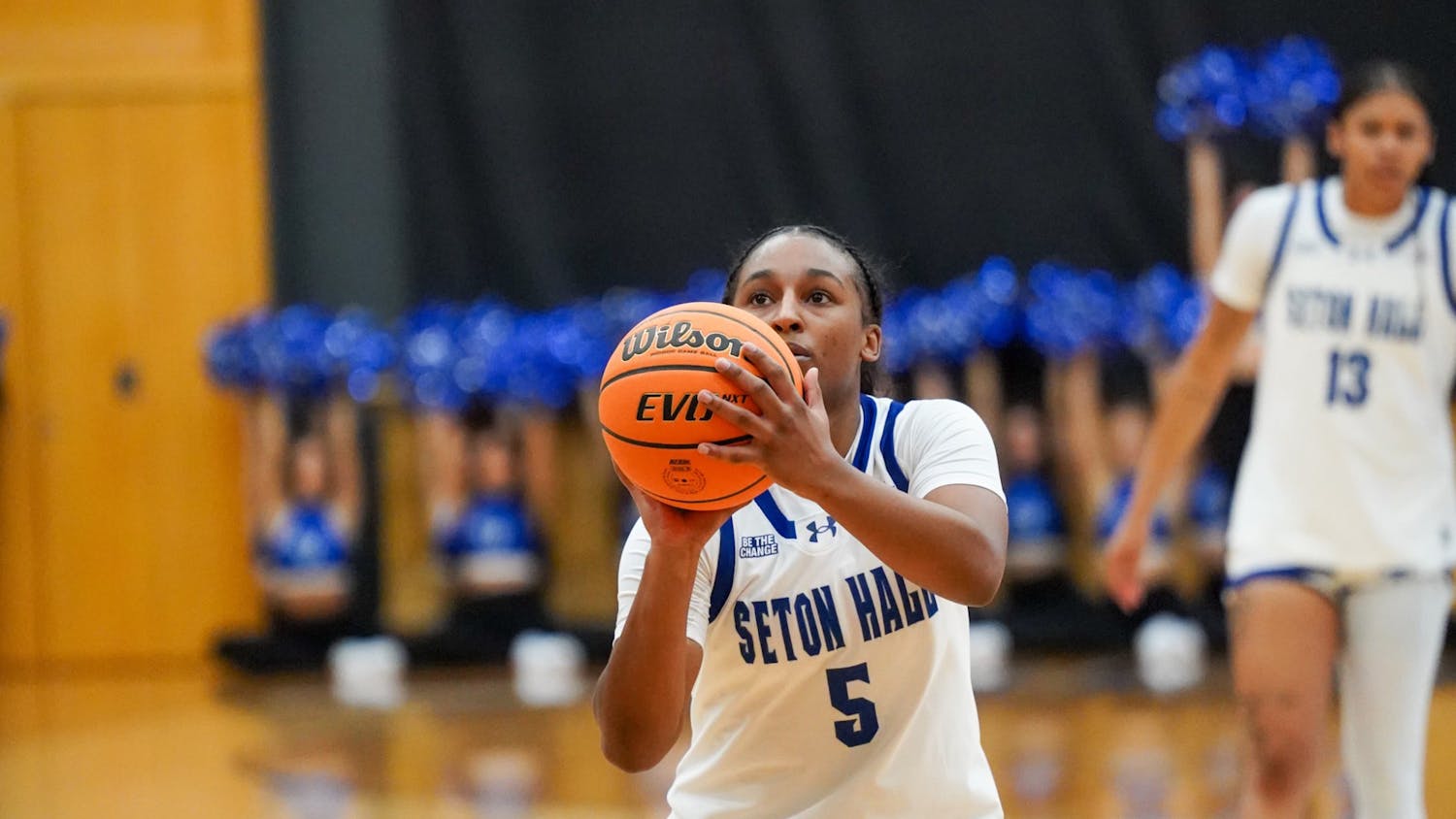June 6 will be remembered as a day that changed the world of college sports forever—especially for both student-athletes and small universities like Seton Hall.
After five years of litigation, Judge Claudia Ann Wilken approved the House v. NCAA settlement on Friday. Starting July 1, universities will be able to directly share revenue with their student-athletes for the first time in history—bringing an end to a system based on “amateurism” that stood for over 100 years.
The class-action lawsuit was filed in 2020 by Grant House and Sedona Prince, two former student-athletes who believed the NCAA's rules which prevented them from compensating, despite them generating immense revenue for their respective universities, was unfair and exploitative. They also sought damages for student-athletes like themselves who lost NIL opportunities to profit before the NCAA’s 2021 policy change, which allowed compensation from third parties and collectives for that very reason.
While intended for student-athletes, the landmark decision benefits others as well. To ensure an equitable distribution of revenue and a level playing field, a key component of the $2.8 billion settlement is an annual cap system that allows universities to share up to $20.5 million directly with student-athletes. With universities held to the same revenue-sharing standard, this part of the settlement will be beneficial to smaller universities—like SHU—who struggle to compete with larger universities that have greater access to resources and funding.
As previously discussed in The Setonian, a lack of resources was a detriment to SHU’s men’s basketball program last year. Amidst what was the worst season in program history, NJ.com reported that SHU’s NIL budget was an estimated $1.5 million—the lowest in the conference.
With the settlement, that budget will increase exponentially, and the future of the men’s basketball program will look brighter than last year may have suggested.
As such, the news of the settlement was well-received and embraced by the SHU community—especially the university’s athletics department. On Tuesday, just a few days after the news, SHU Director of Athletics Bryan Felt discussed the settlement and its impact on the university in a press release posted to the university's athletics website.
“This past weekend marked a defining moment not just in the history of college athletics, but in the heart of the game we all love,” Felt said.
Before discussing the settlement, Felt first ensured that the university’s mission and commitment to its student-athletes hadn’t changed following its approval.
“First, let me say this: our commitment to excellence has never wavered," he said. "Our overall mission, as we have navigated the constant changes within college athletics, has [always] been the commitment to our student-athletes and how we position ourselves for long-term success."
Following what was a tough year for SHU basketball, especially for the men’s program, Felt thanked the community for being “the heartbeat of the program(s)” and staying loyal “through [both the] highs and lows.”
“You've packed Prudential Center and Walsh Gym, followed us on the road, believed in our student-athletes, and lived and breathed Pirate Blue,” Felt said. “[And] for that, I thank you deeply.”
Felt said that the university’s “revenue sharing efforts will be geared towards men’s and women’s basketball,” something that most schools will not be able to do because they have to divide their revenue amongst their football and basketball programs, with the former taking a majority.
Along with other Big East universities, SHU's lack of a football program will allow them to invest almost exclusively in their basketball programs.
Felt also added that by switching to a roster cap model, SHU Athletics can offer more student-athletes scholarship opportunities across 14 varsity sports.
In anticipation of the settlement’s approval, Felt said that Athletics had been working tirelessly to “ensure Seton Hall not only adapts but thrives in this new era” of revenue-sharing and student-athlete compensation.
“We have had to make difficult decisions that include operational reductions, and I'm deeply grateful to our university administration and campus partners for their collaboration throughout this critical planning process,” Felt said.
And yet, although Athletics is responsible for providing the framework for the future of the university’s athletic programs, Felt called on the support of the Pirate community to help that future become a reality.
“Your support—whether through ticket sales, donations to the Pirate Blue Athletic Fund, corporate partnerships, or simply showing up and making noise—fuels (our programs),” he said. “It ensures Seton Hall remains a force in the Big East and on the national stage.”
Felt concluded the press release by emphasizing that collaboration between the university’s department and fans is key to not only helping SHU return to its former glory and but also for the university to become a leader in this new era of college sports.
“Let's show the world that Seton Hall is ready—not just to play, but to lead,” Felt said.
Zachary Mawby is the head editor of The Setonian’s Sports section. He can be reached at zachary.mawby@student.shu.edu.





